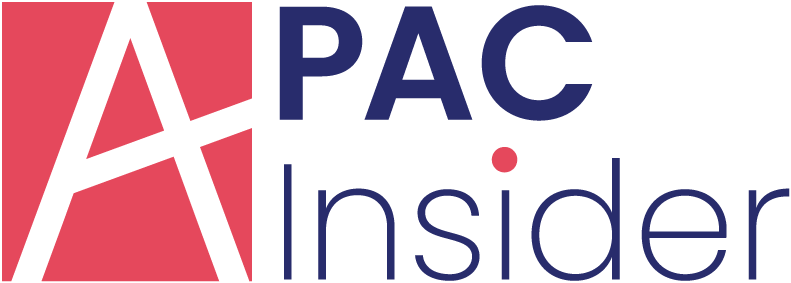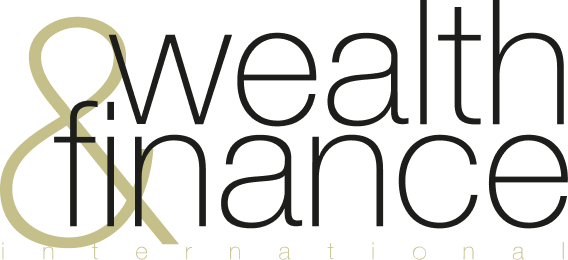Vendors play a crucial role in an organization’s success. They provide essential products and services that offer competitive advantages, access to new technologies, and enhanced quality.
However, these relationships also come with risks that can negatively impact your organization. Performing vendor due diligence protects your organization from unnecessary risks and ensures you receive the expected value from the relationship.
Let’s explore how due diligence protects your organization and how using software like Venminder simplifies the process.
Understanding Vendor Due Diligence
Vendor due diligence is the process of assessing and managing vendor risks. It includes collecting and reviewing vendor information. Due diligence occurs both at the beginning of the vendor relationship and periodically throughout.
To perform effective due diligence, review documents like SOC reports, financial reports, business continuity and disaster recovery plans, and cybersecurity policies. Due diligence should be proportionate to the vendor’s risk level and criticality.
For many organizations, vendor due diligence is a regulatory expectation, including in finance and healthcare. Even if your organization isn’t in a regulated industry, it’s still a best practice to follow. It helps your organization uncover hidden vendor risks before they harm your organization.
How Vendor Due Diligence Protects Your Organization
Ultimately, vendor due diligence protects your organization from operational disruptions, cyberattacks, reputational damages, and financial losses. It minimizes the risk exposure your organization faces from vendor relationships.
Here’s 5 ways vendor due diligence protects your organization:
- Mitigates vendor risks – Vendor due diligence identifies and assesses the types of risks the relationship poses. Understanding each vendor’s level of risk is critical to protecting your organization. This spans from operational, financial, information security, reputation, etc. By identifying these risks, your organization can put controls in place to lower risk exposure.
- Maintains regulatory compliance – Performing vendor due diligence ensures both your organization and the vendor follow applicable laws and regulations. This protects from costly regulatory fines and legal penalties. Requesting and receiving documentation of compliance from your vendor provides assurance and mitigates risk exposure.
- Keeps your reputation intact – Thoroughly vetting vendors before the relationship begins protects your organization’s reputation. You can identify a vendor’s potential risks and either implement controls to limit exposure or choose to work with a different vendor. It also shows customers and stakeholders that your organization is committed to limiting unnecessary risks.
- Protects financial health – A key component of vendor due diligence is reviewing financial health. Request and review a vendor’s financial documents, like the cash flow statement and balance sheet. This ensures vendors can support their contract and ultimately, your business. It protects your organization from declining service levels and poor vendor performance.
- Supports operational resilience – Use vendor due diligence to identify risks in the vendor’s cybersecurity, financial outlook, and disaster recovery plans. You can then mitigate the risk for potential operational disruptions. Vendor due diligence also ensures your vendors are prepared to respond during a disruption and maintain the product or service.
Tips for Your Vendor Due Diligence Process
Vendor due diligence can seem like an overwhelming activity, particularly if you’re managing large vendor inventories. Following these tips eases the process while still protecting your organization:
- Maintain a standard documentation list – Consider each vendor risk domain and the minimum document requirements. Include additional documentation required for types of products of services. You’ll also want a standard list of baseline information for every vendor – like OFAC checks, articles of incorporation, and tax ID.
- Follow a risk-based strategy – Understand the vendor’s inherent risk level before determining what due diligence is necessary. Inherent vendor risk exists naturally in the vendor’s product or service without any controls in place. One size doesn’t fit all – scale document requests based on the vendor’s risk and criticality. Higher-risk vendors need the highest level of due diligence.
- Use vendor due diligence software – Vendor due diligence software simplifies the process and saves time and resources. Software like Venminder’s Vendiligence has subject matter experts to review vendor documentation and questionnaires. It provides risk ratings, risk indicators, and recommendations for the vendor relationship.
- Make vendor documentation requests clear and concise – Send a formalized due diligence request that’s well-structured and courteous. Provide the reason for your request and a specific due date. Retain the request with the vendor request.
Vendor due diligence protects your organization from operational, reputational, and financial risks. Evaluating vendors and collecting due diligence documentation are essential steps for safe and secure vendor relationships. Using strategies like risk-based due diligence and vendor due diligence software ensures success.





















